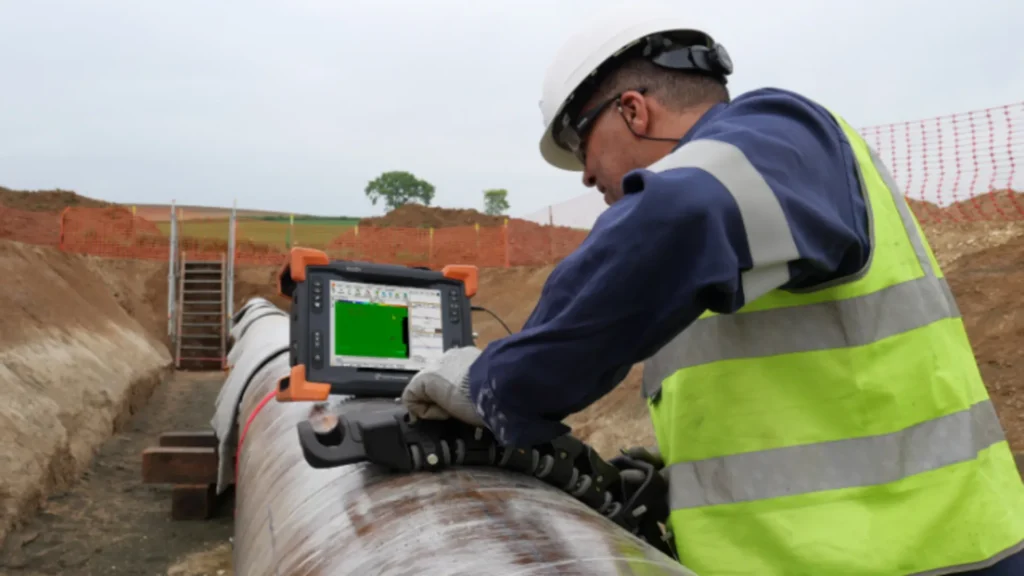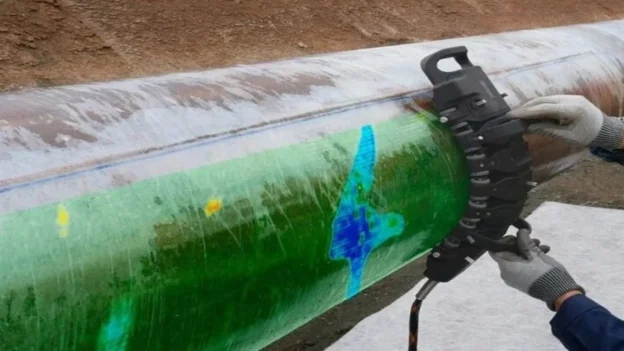Understanding chloride stress corrosion cracking
Chloride stress corrosion cracking (ClSCC) is a severe form of corrosion that compromises the structural integrity of stainless steel, which can lead to catastrophic failure. This occurs when stainless steel is exposed to chloride-rich environments, such as seawater, de-icing salts or industrial chemicals. These conditions can initiate corrosive reactions that, over time, evolve into cracks.
ClSCC begins with the accumulation of chloride ions on the surface of stainless steel. Initially, these ions may not cause significant damage. However, they create pitting and crevices which, under high temperatures (above 60°C) and mechanical stress, develop into stress corrosion cracking. Industries such as the oil and gas, chemical processing and nuclear power face high risks, so early detection and management are critical to the safety and longevity of infrastructure.
The role of environmental factors in the ClSCC
Environmental factors significantly influence the initiation and progression of ClSCC. Chlorides in marine or industrial environments penetrate the protective oxide film of stainless steel, causing localized decomposition and corrosion. Elevated temperatures accelerate these reactions, making environments above 60°C particularly dangerous.
Mechanical stresses, whether residual from the manufacturing process or applied during use, aggravate ClSCC. Once the protective oxide layer is compromised, these stresses contribute to crack initiation and propagation. Therefore, controlling environmental conditions is essential to prevent ClSCC in stainless steel structures.
Liquid penetrant testing: Advantages and limitations
Liquid penetrant testing (LPT) is a common technique for identifying ClSCC at the surface level. The method involves applying a dye to the surface, which seeps into cracks or defects, making them visible during inspection. PTs are valued for their sensitivity to small surface discontinuities and their applicability to a variety of materials.
However, PTs have limitations. They can only detect defects that reach the surface, require extensive pre-cleaning and are time-consuming processes. In addition, PTs raise environmental concerns due to the use of chemicals, and they cannot measure the depth of defects or detect flaws on the opposite side of a pipe wall, reducing their effectiveness in certain applications.
Benefits of Eddy Current Array testing
Eddy current array (ECA) testing offers significant advantages over PTs. Using multiplexed arrays of coils, ECAs inspect larger areas in a single scan with high speed and accuracy. They detect both surface and opposite-side defects, making them an invaluable tool for industries that prioritize safety and efficiency.
ECAs provide wider coverage and coded inspection data, enabling accurate defect sizing and positioning. They are also environmentally friendly, requiring no dyes or chemicals. These features make ECAs ideal for environments where access to both sides of a pipe wall is restricted.

Comparative analysis: PT vs. ECA
ECAs outperform PTs in detecting ClSCC, particularly for defects on the opposite side. While PTs are effective for surface discontinuities, their limitations make them less suitable for comprehensive inspections in complex environments. The ability of RCTs to cover larger areas quickly, provide recorded data and offer greater accuracy makes them a superior choice, especially for critical industries such as oil and gas.
Although FFS systems require a higher initial investment, their long-term benefits in safety, efficiency and accuracy outweigh the costs. As technology advances, RCTs are expected to become the standard for the detection of ClSCC.
Future trends in detection technologies
The future of ClSCC detection lies in advanced technologies that prioritize accuracy, efficiency and sustainability. Innovations in nondestructive testing methods, particularly RCTs, are setting new standards for reliability.
This article was developed by Eddyfi Technologies and published as part of the fourth edition of Inspenet Brief magazine December 2024, dedicated to technical content in the energy and industrial sector.

